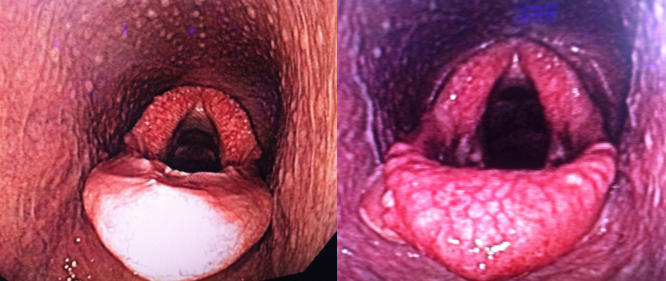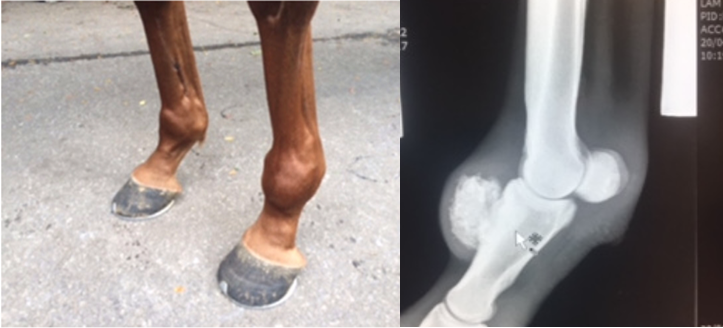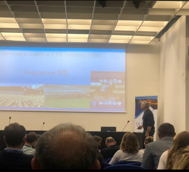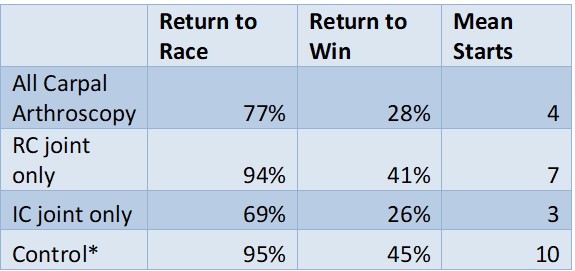Veterinary Reports
“Bleeder” is a term given to a horse that has blood present from one or both sides of its nose after strenuous exercise such as racing or galloping during training. To be classified as a bleeder, the blood must come from the horse’s lung (hence the name Exercise Induced Pulmonary Haemorrhage or EIPH) and not just from a nose bleed. To confirm that a horse is a bleeder, its upper airway (throat and windpipe) is are examined with a camera called an endoscope. If the horse is confirmed as a bleeder, the rules of racing stipulate a compulsory period of recovery time in which the horse cannot race.
When a horse is referred to as being a “Roarer” it relates to a condition termed Laryngeal Hemiplegia which is caused by a malfunctioning nerve that causes one side of the horse’s voice box to not open during breathing. This causes abnormal airflow in the throat and the horse makes a roaring sound during faster exercise – hence the name Roarer. It also reduces the amount of air the horse breathes in and therefore potentially affects its performance during racing. The condition can be treated with a surgical procedure that permanently holds the malfunctioning side of the voice box out of the way.
The term Gelding refers to a horse that has been surgically castrated. The procedure is often performed on male horses to assist with both stable management and safety in addition to improving a horse’s ability to relax and focus when racing.
Lameness is a term used to describe abnormal movement in a horse, in one or more legs. Lameness in horses is usually caused by pain, making the horse reluctant to put a normal amount of pressure on a leg, however lameness can also be caused by nerve damage or anatomical changes in a leg. Lameness is a common cause of decreased racing performance in horses and is a sign of a possible significant injury to a leg.
Respiratory disease covers a range of medical conditions that affect the airways of horses. The usual signs of respiratory disease include coughing, discharge from the nose or mucous and pus noted in the horses windpipe (trachea) when examined with a camera called an endoscope. Respiratory disease can be caused by bacterial or viral infections (in a similar way to a cold or flu in humans) or allergies to the horse’s surroundings.
Orthopedic surgery refers to any surgery to bones, ligaments or tendons. In racehorses the two most common types are arthroscopic surgery where a small camera is inserted into a horses joint using key hole surgery to remove chip fractures or damaged cartilage in the joint and fracture repair where screws and occasionally metal plates are inserted into broken bones.
Upper airway surgery is any surgery performed within the throat of a horses. Depending on the condition being treated it can be performed standing with a laser or under general anesthetic either through the mouth or via a skin incision on the neck. The most common upper airway surgeries in horses are Tie Back operations for Roarers (the horses airway opening does not work properly and causes an obstruction to breathing) and Epiglottis Entrapment surgery where part of the opening to the trachea gets caught in a piece of tissue.








